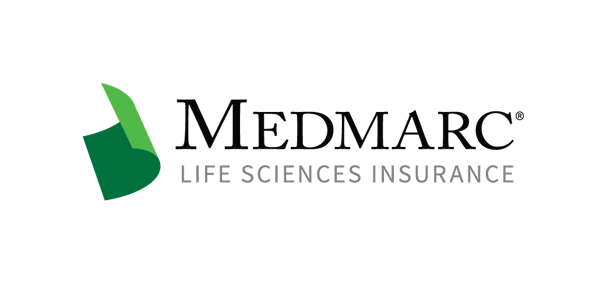FDA Releases Action Plan for AI
The FDA announced an action plan for artificial intelligence in mid-January, which comes across largely as a follow-up to a discussion paper the agency posted in April 2019. The plan lays out a number of specific objectives, but the text of the plan suggests that the FDA is little farther along in its attempt to fashion a regulatory regime for AI than it was two years ago.
The action plan lists five activities that are critical to the development of a regulatory framework for AI, such as development of a draft guidance for predetermined change control plans. This draft guidance, which the FDA said should be ready for public comment at some point in 2021, will provide details on the type of information that should appear in a developer’s algorithm change protocol (ACP), but the agency is still pondering the question of the types of modifications that would fall under this requirement.
The FDA will also work toward a more robust, harmonized approach to good machine learning practices (GMLPs). The agency made note of several ongoing programs to develop GMLPs, such as those sponsored by the Association for the Advancement of Medical Instrumentation (AAMI) and the Institute of Electrical and Electronics Engineers (IEEE). Those who responded to the April 2019 artificial intelligence discussion draft are said to have cited GMLPs as a major concern, in part over the potential for conflicting requirements.
Despite the seemingly large task facing the FDA and stakeholders regarding the ACP concept, the discussion of real-world performance (RWP) monitoring may present a more difficult proposition. The collection of RWP data will be critical to ensuring the algorithm functions as intended, but the action plan raises several questions, such as how much oversight will be provided by each of the stakeholders involved in a given algorithm’s use. The volume and frequency of data submitted to the agency as part of the RWP surveillance is also as yet not well characterized, but the agency is assembling a voluntary pilot program to assist in development of a working policy.
Other questions raised in the action plan include transparency of the algorithm, including to patients, and development of regulatory science to evaluate an algorithm’s robustness and to eliminate any unintended bias. While much of the FDA’s device center is caught up in the response to the COVID-19 pandemic, the agency’s Digital Health Center of Excellence will be tasked with shepherding the AI action plan as it evolves.
Medicare Confirms Coverage of Breakthrough Devices
The Centers for Medicare & Medicaid Services followed through on its plan to offer Medicare coverage for devices reviewed by the FDA’s breakthrough devices program, but the agency also followed up on its promise to redefine the term “reasonable and necessary.” The first of these proposals will be the more quickly felt, but the redefinition of reasonable and necessary could have a profound impact on a wide range of products going forward.
The Medicare Coverage of Innovative Technology (MCIT) program offers coverage on the date of the FDA’s approval, clearance or grant of de novo petition, thus eliminating any lag in coverage. The concept behind MCIT can be seen in an industry proposal from 2016, which was dubbed the Provisional Accelerated Coverage to Encourage Research (PACER) initiative. This proposal was rebranded when it appeared on the Office of Management and Budget’s regulatory agenda in 2018, but the proposal seemed to fade out of view until the CMS resurrected the concept via the MCIT program in August 2020.
MCIT offers device makers four years of Medicare coverage, after which the sponsor will be faced with choosing between a national coverage determination or one of the alternatives, such as a series of local coverage determinations. However, the final rule allows device makers to apply for coverage for devices that had already gone through the breakthrough devices program, although coverage in that scenario also expires four years after the FDA grants marketing authorization.
The proposal to redefine reasonable and necessary starts with an analysis of whether the device has moved past the experimental/investigational label. A manufacturer can apply for Medicare coverage based on any coverage provided by commercial payers, but the agency declined to spell out a methodology for determining whether existing private payer coverage is sufficient to meet the new definition. CMS said it would issue sub-regulatory guidance within 12 months of the date of the final rule, although the proposal to redefine this key Medicare term would seem to be susceptible to the regulatory freeze imposed by the Biden administration Jan. 20.
For additional resources contact the Marketing department
Phone: 888-633-6272
Medmarc is a member of ProAssurance Group, a family of specialty liability insurance companies. The product material is for informational purposes only. In the event any of the information presented conflicts with the terms and conditions of any policy of insurance offered from ProAssurance, its subsidiaries, and its affiliates, the terms and conditions of the actual policy will apply.
Copyright © 2025 - Medmarc
